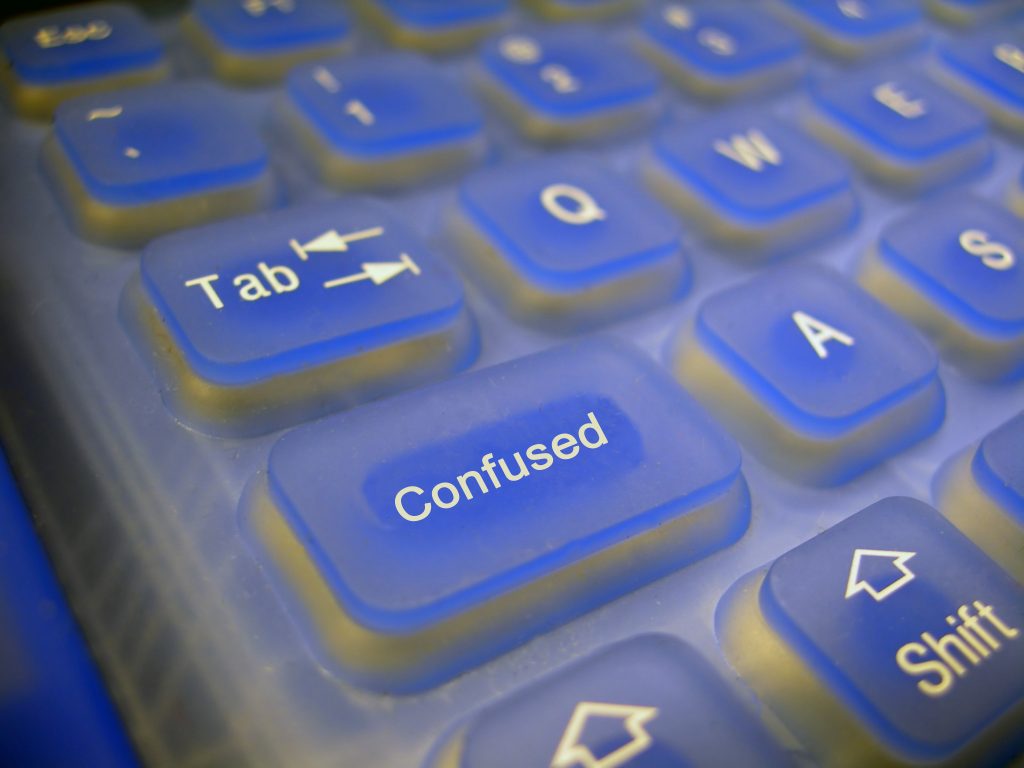
Whether you’re a plotter or a pantser (or a plontser – somewhere in between on the spectrum of story planning), there are going to be times when you stare at the page or plot outline and think…
I have no idea what comes next.
Sometimes you’ll write a placeholder: [exciting thing happens here.]
Or [secret is revealed – note: figure out secret.]
Or [the hero gets away somehow.]
So that’s something. You have a sense of what’s supposed to happen, you just don’t have the specifics.
It’s even worse when you can’t even see your way clear to what type of scene needs to happen.
You know there’s going to be a love story, or intrigue, or mystery… but you’re not entirely sure what said romance/intrigue/mystery is going to actually do.
This is especially prevalent in the middle of the book, which is how so many manuscripts wind up with the Dreaded Sagging Middle™.
If you’re a plotter, you’ll bump up against this as you’re creating the plot outline. Hopefully, you know your major plot points – and that’s a huge step in the right direction.
If you’re a plontser, those major plot points may be all you have. Or you may just know the beginning, have some hints of the middle, and then have the end.
If you’re a pantser, you’re probably stopped dead in the middle of your writing process. Either that, or (if you don’t write in a linear/chronological fashion) you’re plinking away at scenes that you know probably should happen, even if you don’t know quite how they fit in with the whole.
Here are some tricks to get you to the next scene.
- Study your characters.
The first thing is always, always, always check in with character. Which means checking with your protagonist’s GMC (Goal, Motivation, Conflict.) The more you know about your character’s goal and motivation, the easier it is to figure out the meat of your story.
Even if you’re a full-blown anti-planning pantser, knowing your character is what makes it possible to see where you’re supposed to go… so if you’re really stuck, there is a good chance that you simply don’t know your characters well enough.
Doing some deep dive character work might be helpful here. Brainstorm, do some journal journeying or mind-mapping or fill out character sheets from writing reference books. Then figure out what your character wants, and why.
- Get to plot points.
Plot points are a godsend. If you know your character’s GMC, these should be fairly straightforward. (Maybe not easy, but straightforward!)
Even if you’re the most die-hard pantser, if you’re stuck and running out of time, just figuring out the major landmarks of your story will help you figure out what to write.
Why? Because you’re not looking at a huge expanse and trying to chart a path from beginning to end. You’re just looking at the distance between two plot points, which is infinitely more workable.
- Reverse engineer.
Again, if you’re a die-hard pantser and refuse to get to plot points, at least figure out the ending. If you have too many choices because you haven’t figured out your ending, it’s easy to slip into decision fatigue and analysis paralysis, or write snippets of wrong turns and fruitless paths.
This isn’t to say it’s a bad thing, necessarily. Some writers need exploratory writing to piece together their story. But if you’re stuck and want some relief, looking to the ending will at least encapsulate your story and give you more focus.
If you’re not sure of your ending, the best way I’ve found is to ask theme-related questions. What do you want the reader to feel after they finish reading? Is there a message? What do you want the story to do?
Once you have the ending, or the theme, you can then ask yourself: what kind of character would I need to construct to create this kind of character arc? (Again: character work is the foundation for any story, whether it’s genre or literary, “plot driven” or “character driven.”)
- Add conflict.
If you know your characters, know approximately what they’re supposed to do (i.e. “solve the murder” or “win the business contract” or “take kid to Disneyland”) but you still don’t know what the next step is, look at where you are in the story, and see how you can add escalating conflict to the story.
That doesn’t mean throw in some extraneous terrorists or an unexpected tsunami. Given who they are and what they’re trying to do, what would be in their way? And is there anything you could add to make things (plausibly) worse, in an escalating fashion?
And if you’re still stuck… you can always contact me for a Plot Brainstorming session. But in the meantime, start with these tricks, and see if you can’t get your story back on track!
